Patents & Simulations in Europe
Our expertise in this complex area will help remove uncertainty and predict the outcome, in order to design the right IP strategy for your innovation

In 2021 the highest Board of Appeal at the EPO changed (or clarified, depending on your perspective) whether or not patent application relating to simulations would be allowable at the EPO, in landmark decision G1/19. Below, we provide a selection of some of our insights into this decision, including what this might mean for applicants. A more detailed list of our insights can be found here.
How do I know when I have a simulation invention?
Simulations are rife in the modern world. From the design of components for an aeroplane to the movement of people in a crowded space, simulation is finding highly diverse application across many technical fields. The European Patent Office (EPO) treats simulations per se as inherently non-technical meaning that a European patent cannot usually be obtained for a simulation itself in the absence of any technical context. However, an invention that makes use of a simulation in a technical context can, in principle, be the subject of a granted European patent.
GJE have created a practical guide to help you understand whether your computer simulation might be patentable in Europe in view of the recent developments at the EPO, which you can read here.
The EPO considers that, regardless of the nature of the simulation (physical or numerical) and by any definition, the result of the simulation is information about the potential behaviour of the modelled system or process. It is the use of this information that might lead to a granted patent. The EPO considers a simulation to include:
(i) A numerical model of a system or process (which may be technical or non-technical) in the form of data that can be processed by a computer;
(ii) Equations representing the behaviour of the model (which may include random functions);
(iii) Algorithms providing numerical output that represents the calculated state of the modelled system or process (in particular, by time increments or as a sum or average calculated on the basis of numerous random events).
As is often the case, the answer is maybe. A key conclusion of a recent legal development was that, while a model used in a simulation is inherently non-technical and therefore not eligible for a patent, the model can contribute to technicality (and hence form part of a patentable invention) in the case where the outcome of the simulation is used in a technical manner. This closely parallels the principles established with regard to AI and machine learning-based inventions, and indeed to mathematical methods and computer programs generally.
Our article here details some of the key points that need to be considered when attempting to protect your simulation at the European Patent Office.
When considering whether to patent a simulation, key questions to ask include:
Is your simulation used in the context of a technical system? How does the simulation fit into your product or service – is it single use or repeat use, for example?
How difficult would it be to detect use of your simulation by a competitor?
Where does your simulation execute – on a customer terminal or a proprietary server, and in which countries?
The answers to these questions are typically highly informative in determining whether a simulation can and should be patented. Examples and analogies can help understand whether an idea can be protected. We’ve put some together here.
How can GJE help you protect your simulation invention?
In order to secure the best future for your business you need advice from the right experts on how to develop an IP protection plan that fits with your technology and supports your broader business plan. GJE can help you get this right and make sure that your business is in the best possible position for future success.
For corporates and agents, GJE has subject-matter experts willing and able to help you protect your inventions in the UK and Europe. We have looked at the conclusions of G1/19 overall here and the impact on industry here. To help you prepare and prosecute your applications, we have prepared some practical claim drafting tips here and some notes on how practice will change in 2021. Our Computer Technology team is on hand to help you navigate the post-G1/19 complexity.
Whether you are a fledging start-up seeking seed funding, a fast-growth SME scoping Series A or B funding opportunities, or an established company looking to streamline its IP portfolio or secure a lucrative exit, we can help you. We have developed packages to help you achieve these objectives. Our advice helps business owners – at whatever stage of their lifecycle – maximise the commercial value of their intellectual property. Find out more here.
We can help you:
Develop an IP protection plan aligned with your business objectives
Protect your innovations, brands and designs
Increase the value of your business
Enhance your attractiveness to investors
Create and maintain a competitive advantage by establishing barriers to market entry
Manage your IP portfolio and ensure cost efficiency
Regularly review your IP strategy to ensure it remains aligned with your commercial objectives.
Explore Computer Technology & AI
Explore Computer Technology & AI
Download Resources
To help you prepare and prosecute your applications, we have prepared some practical claim drafting tips and a guide to help you understand whether your computer simulation might be patentable in Europe in view of the recent developments at the EPO.
Related resources
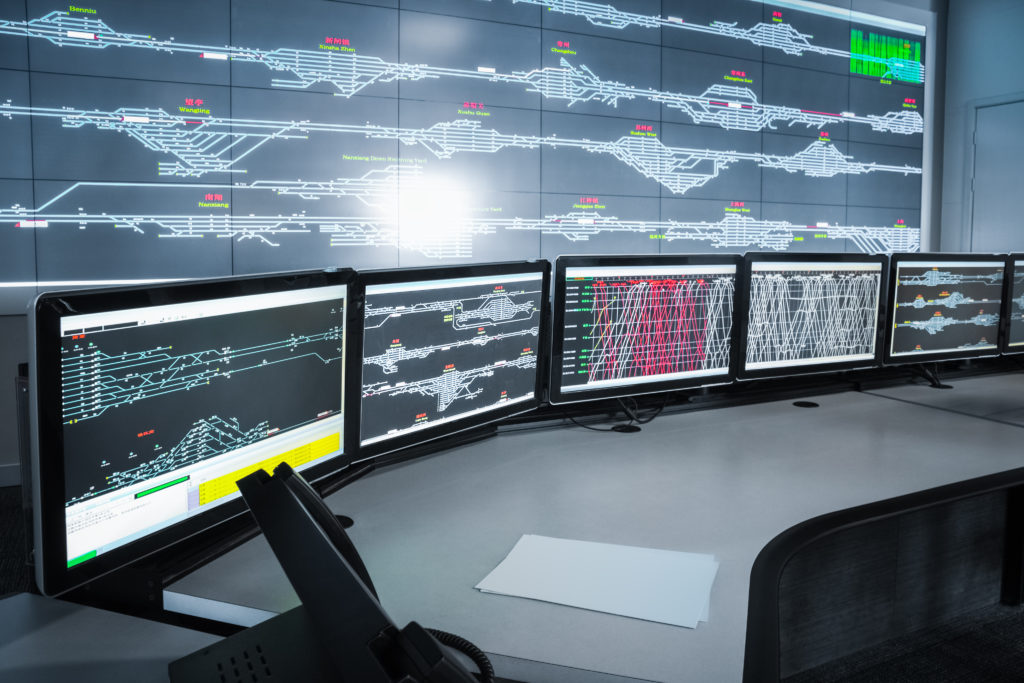
Board of Appeal’s Preliminary Opinion in T0489/14 Following G1/19 Decision
Following the recently issued decision by the Enlarged Board of Appeal in G1/19, the referring Board in T0489/14...

The Law of Unintended (or Intended) Consequences — The Impact of the Legal Developments on Simulations on Machine Learning
Recent attempts to clarify the EPO’s approach to examining machine learning applications have arguably been missing an important...
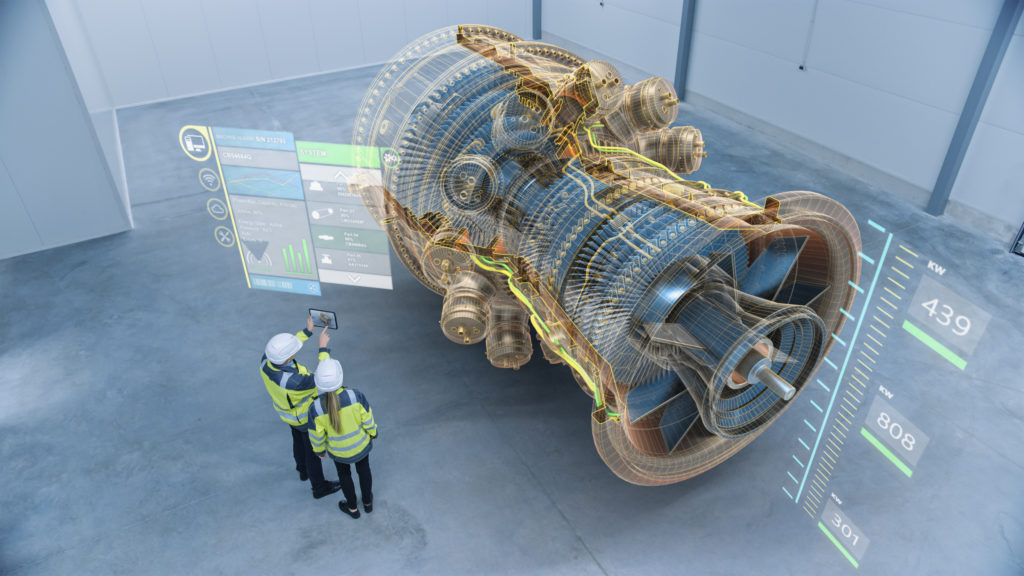
Patenting a Simulation at the European Patent Office — Some Key Points
Simulations are rife in the modern world. From the design of components for an aeroplane to the movement...
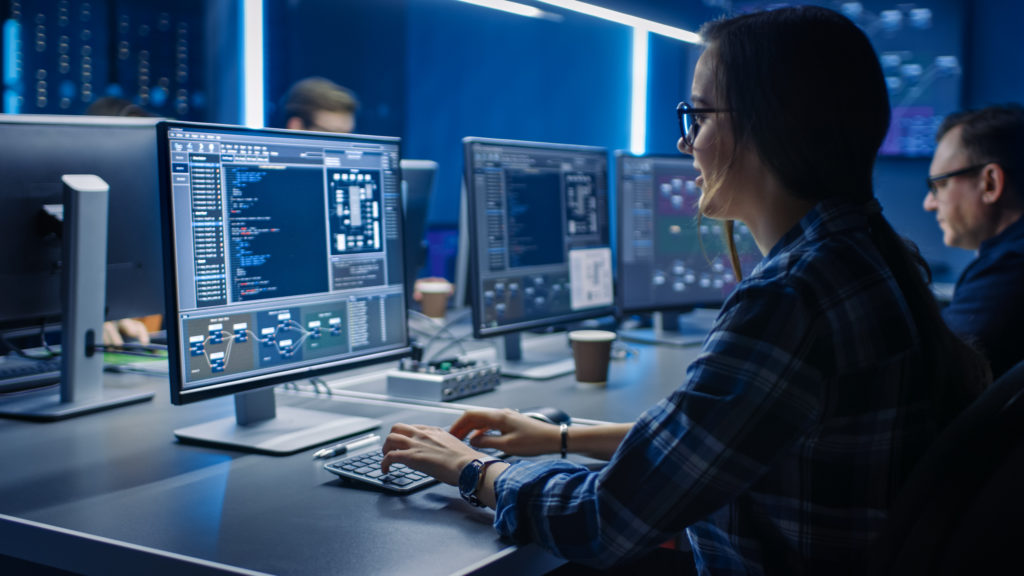
Changes in Simulations at the EPO: A Debrief
As the dust settles following the out-of-the-blue release of G1/19, we thought we would put together some notes...

Computer Simulations are Patentable — but which ones?
The European Patent Office has recently confirmed that computer simulations can be patentable. However, whether or not a...
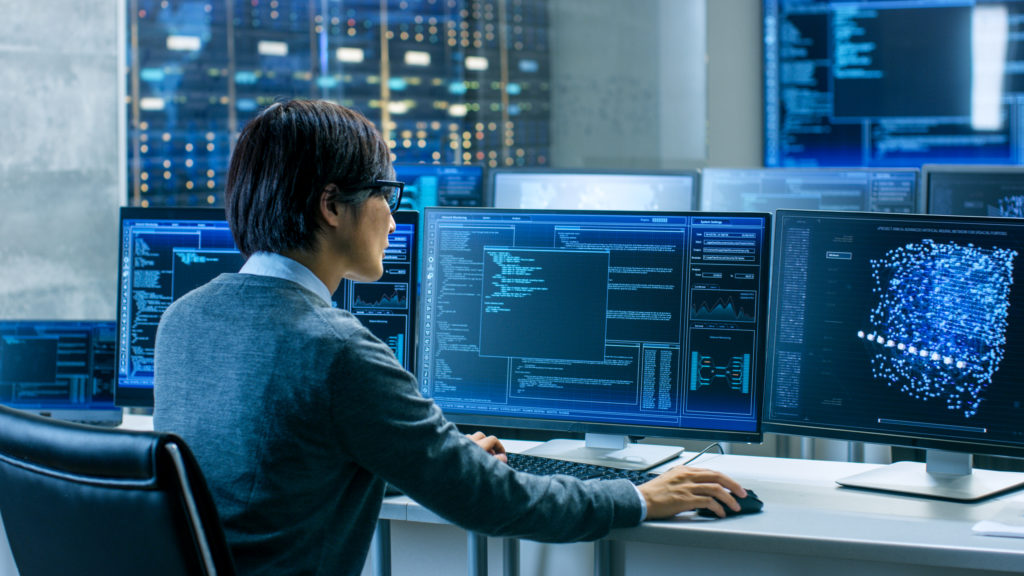
Has the Patentability of Computer Simulations Changed in Europe Following the Recent Decision in G1/19?
On 10 March 2021, the Enlarged Board of Appeal at the EPO issued the long-anticipated decision G 1/19...

Innovation in Simulations, from Robots to Wrinkles
The big news last Wednesday in the world of computer-implemented inventions was the long awaited publication of the...

Simulating the EPC Guidelines After G1/19
As part of the fallout from the recent G1/19 decision, the Guidelines for Examination in the EPO will...
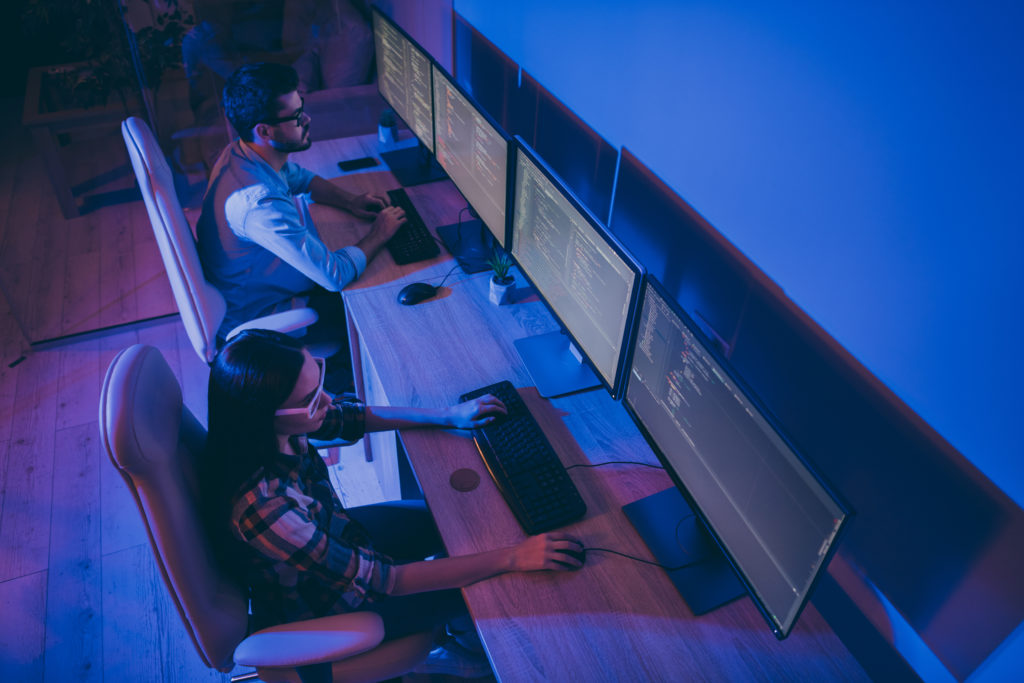
Practical Claim Drafting Tips for Computer Implemented Inventions In View of G1/19
The EPO’s Enlarged Board of appeal handed down decision G1/19 on 10 March 2021. This decision concerns the...

Patenting Biological Simulations in Drug Discovery
Our article ‘Patenting Biological Simulations in Drug Discovery’ has been published in Drug Discovery Today, by Elsevier. It...